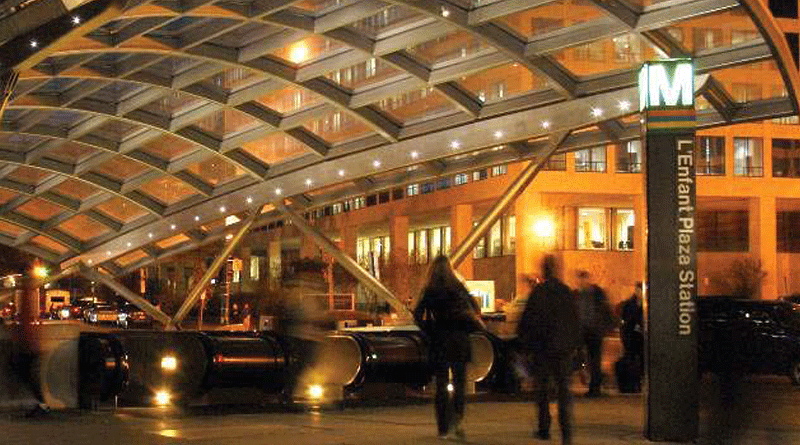Fiscal Impacts of Transit-Oriented Development Projects. (2016)
Urban Land Washington Institute and Urban Land Baltimore Institute
Fear of an increased burden on public services often drives community opposition to Transit Oriented Development (TOD). The Urban Land Institute’s extensive study of TOD fiscal impacts in the Washington-Baltimore metropolitan area refutes this oft-voiced argument against high density multifamily apartment and condominium projects near transit stops. The study’s findings suggest that TOD is a responsible fiscal choice for local governments. TOD not only “pays its own way” but subsidizes public services for other properties.
The analysis estimates the net fiscal impact of a sample of almost 10,000 apartments in TOD and nonTOD areas in close-in urban-suburban areas in Arlington and Fairfax Counties in Virginia and Montgomery County in Maryland. According to the study, TOD project apartments generated between $1.13 and $2.20 in tax revenue for their respective jurisdictions for every $1 spent on public services for the residents and employees of those properties. In comparison, apartments located in nonTOD areas produce between $0.77 and $1.35 in public revenues for every $1 of public spending demanded by those properties.
Differences in household characteristics identified in the study likely explain part of the gap in TOD and nonTOD property fiscal impacts. The average TOD apartment household size is significantly smaller than that of nonTOD apartments. Perhaps more critical to countering fears of fiscal burden is the significantly smaller number of school-age children in TOD households. In Montgomery County, TOD apartments contained an average of 0.14 school-age children, whereas nonTOD apartments contained an average of 0.35 school-age children.
Additional findings of the study suggest that properties near transit achieve an important TOD goal – promoting transit use. Car ownership is found to be significantly lower among TOD units, and TOD residents commute by public transit at a rate five times greater than non-TOD residents.
The study report acknowledges that these findings may not hold true in all jurisdictions. The costs of public services and the amount of taxes and fees generated by development vary greatly across the U.S. However, the results of the study are a powerful argument for advocates of TOD in the Washington-Baltimore area and point the way for stakeholders in New Jersey and other regions of the country to build a case for TOD.

